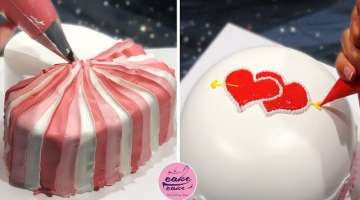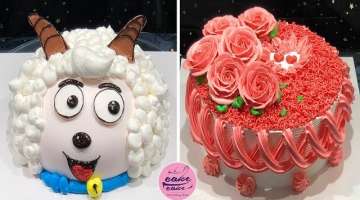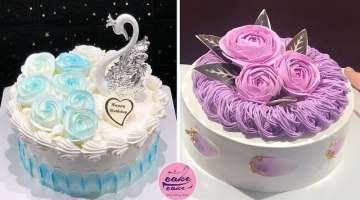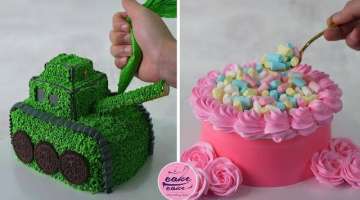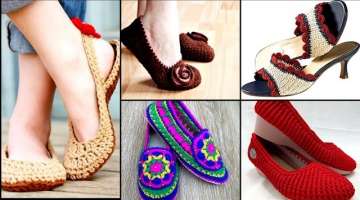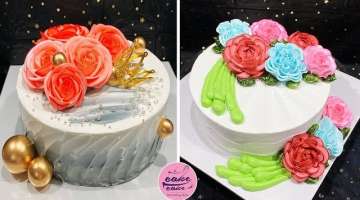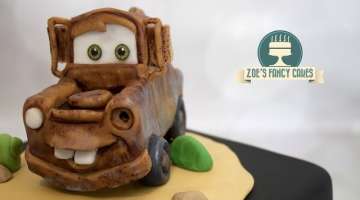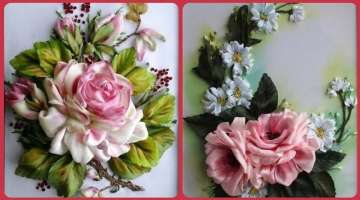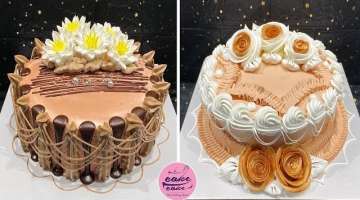12 Guinea Pigs With The Most Majestic Hair
What do Rapunzel, Ariana Grande, and a guinea pig have in common? If you guessed hair, you are right. There are many species of guinea pigs, but Abyssinian, Peruvian, Coronet and Silkie guinea pigs are unique in their impressive, floor-length fur. These little creatures are beautiful to look at, but require a lot of care because of their unusual locks. Take a look at a few of these long-haired beauties.
- 1 | 12

Abyssinian guinea pigs are very common. They are a type of guinea pig with a distinctive hair style that includes natural rosettes, and they come in a variety of colours, from albino and agouti to dalmatian and tortoiseshell.
- 2 | 12

The personality of the Abyssinian guinea pig is also different than other guinea pigs—they are bolder, quirkier, louder, livelier, more playful and more intense, hence they make great pets. Owning an Abyssinian guinea pig as a pet is a wonderful bonding experience for both adults and children—they are cute and interesting and require far less cleaning, but just as much love. Abyssinians are happiest when they have other guinea pig companions, attentive owners, regular outdoor time, activity (that's why they are good with children) and some variation in routine.
- 3 | 12

Abyssinians are affectionate and respond well to training. They can breed with other types of guinea pigs, although the offspring may have mixed results. Caring for an Abyssinian is easy—a little extra attention paid, plus some additional cleaning and grooming is all that is needed alongside normal guinea pig care. Before the Spanish conquest of South America in the sixteenth century, the now-extinct Incas kept guinea pigs for food and even today, Peruvians, Colombians and Ecuadorians breed them for consumption, medicine and traditional rituals. Sailors were probably the first people to keep guinea pigs as pets and introduced them to Europe from South America. Guinea pigs are indigenous to South America, where five different species can be found in the Andean regions. The ancestor of the domesticated guinea pig is the wild guinea pig Cavia Porcellus, which is thought to have descended from C. tschudi or C. aperea (scientists are divided on which one, though there is not much difference between the two).
- 4 | 12

Belonging to the same family as porcupines, chinchillas and capybaras, guinea pigs are in a different category to rodents such as rats and mice. They are grazing animals and almost entirely dependent on grass for both food and shelter in the wild. The grasslands of the lower slopes of the Andes are the natural habitat of the cavies of Peru from which the familiar pet guinea pigs (cavies) are thought to have originated. From Columbia and Venezuela to Brazil and northern Argentina, guinea pigs usually inhabit rocky areas, grasslands, swamps and the edges of forests, and are most active at night when they come out to forage. The colour of wild guinea pigs tends to be grey or brown (like the salt and pepper colour of Agoutis) and doesn't vary as much as domesticated guinea pigs. Their breeding in captivity resulted in many different colours, coat types and combinations. The rough-haired Abyssinian guinea pig is an example of one of these types.
- 5 | 12

Guinea pigs are not pigs, nor are they from New Guinea. It is thought that they were named "guinea" because they were sold for one guinea (21 shillings) when they first brought to England. However, another theory is that English people thought they came from the West African coast of Guinea, since they were imported from South America via the Guinea slave trade ships. The "pig" part of the name may have come from the sound and shape of the guinea pigs, which can be similar to a miniature pig. Professional breeders and people who show guinea pigs usually call them cavies, named after their wild cousins. The Abyssinian guinea pig is mysteriously named, and no one knows where the name came from. Abyssinia is the former name of the country of Ethiopia, but guinea pigs bear no resemblance to native animals there.
- 6 | 12

It is thought that exotic names assisted in selling particular types of guinea pigs when sales began to decrease and the novelty of pet guinea pigs diminished in England. Other names for guinea pig types also bear out this theory, such as the Lunkarya (from "Lundqvist", a famous Swedish ice hockey player) and the Alpaca (named for having fur similar to alpacas). The hair of an Abyssinian guinea pig is straight and coarse and stands up to a height of 3cm (1.5 inches) all over the body. The fur curls around in definite "rosette" patterns and often there is a ridge of fur meeting from different directions on the spine.
- 7 | 12

Some Abyssinians look like they have a moustache, or other features and "clothes" due to the different colours and fur behaviour. The Abyssinian rosette gene is a dominant gene, which means that breeding a smooth haired guinea pig and an Abyssinian will usually result in baby partial Abyssinians. Crossbreeding in this way means that sometimes there might only be one or two rosettes as the dominant gene is mixed with the recessive smooth haired one. Abyssinians bred from two parent Abyssinians (purebreds) with the dominant rosette gene have more rosettes on their body and are more suitable for competing in shows.
- 8 | 12

An Abyssinian guinea pig participating in competitive shows has more rosettes than normal pet guinea pigs. Having rosettes in the right places (four on the saddle, two on each leg and one on each shoulder as a minimum) for a total of eight to ten rosettes gives an Abyssinian guinea pig a good chance of scoring higher, as does having correct colouration. Rosettes should be clearly defined, with crisp edges and be symmetrically placed along the body. Obtaining a show quality Abyssinian guinea pig usually involves contacting a professional breeder, who can produce evidence of an uninterrupted genetic line of purebred Abyssinians. For further information about rosette placement and show quality standards, contact your local Cavy Breeders Association.
- 9 | 12

Abyssinian guinea pigs have loud personalities—they act as definite individuals with their own characteristics, habits and idiosyncrasies. I have owned both Abyssinian and smooth-haired guinea pigs. The smooth-haired ones tended to be shyer and quieter, while the Abyssinians are more like leaders. Males have a more intense personality than the females, but whether this is due to hormones is unknown. This intensity can be interpreted as mischievousness or aggression, but it is really just part of their behaviour.
- 10 | 12

One of my Abyssinians (Milo) was placed in an outdoor cage for his breakfast grass. Whether it was the sound of birdsong or a sudden longing for more company, he decided to squeak very loudly across the yard—I could hear him inside and came out to find out what the fuss was about! When placed a metre away from other guinea pigs, Milo would "shout" at them while they squeaked quietly back. He could be quite loud at times, as any females or even new guinea pigs within ten metres were mercilessly flirted with, with accompanying noises.
- 11 | 12

It is easy to care for an Abyssinian. They require the same care as other guinea pigs, in terms of feeding, exercise and housing. You might find that they like to have more attention and get lonely and bored easily if there are no companions or petting owners around. They can also get moody and depressed if their basic needs for attention are not met, if their diet is boring, or if they are prevented from going outside regularly, and this will be obvious by their lack of enthusiasm and aversion to being petted. The best solution for this is to pay more attention to your Abyssinian and involve others in petting it too. Let it have another guinea pig companion to talk to and play with. Give your guinea pig more interesting things to eat and let it spend time outside every day. Guinea pig toys can also be useful, but petting and making life interesting works much better.
- 12 | 12

Another good way to give an Abyssinian attention is to brush its fur with a soft brush or even a toothbrush. They like the feeling of this kind of grooming and will happily sit for hours while you do their hair. This is not a requirement of caring for an Abyssinian, as the only place an Abyssinian will get knots is on their rear, when they age and compaction can occur (a blockage of faeces in the rectum). But brushing your Abyssinian's coat will reduce fungal infections.
